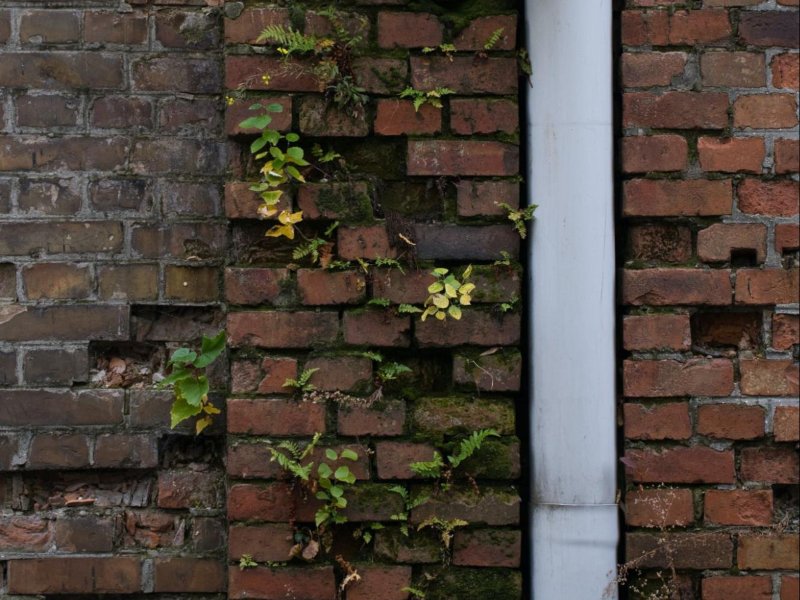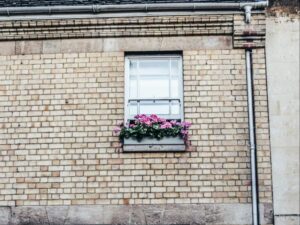When embarking on an interior painting project, many homeowners are eager to dive straight into applying their chosen paint color. However, overlooking the crucial step of priming the surfaces beforehand can lead to subpar results and potentially costly issues down the line. Primer serves as the foundation for a successful paint job, enhancing adhesion, improving coverage, and ensuring long-lasting durability. In this guide, we’ll delve into the importance of primer in interior painting, emphasizing the value of quality over quantity for achieving professional-grade results.
Understanding the Purpose of Primer
- Adhesion: Primer creates a bond between the surface and the topcoat of paint, promoting better adhesion and reducing the risk of peeling, cracking, or flaking over time.
- Uniform Surface: Primer helps to smooth out imperfections, fill in minor cracks or holes, and create a uniform surface for the paint to adhere to, resulting in a smoother and more professional finish.
- Stain Blocking: Certain types of primer are designed to block stains, such as water stains, smoke damage, or discoloration from previous paint layers, ensuring that these imperfections do not bleed through the new paint.
- Sealing and Protection: Primer seals porous surfaces, such as drywall or bare wood, preventing moisture penetration and potential damage while providing a protective barrier against mold, mildew, and other environmental factors.
Types of Primer
- Water-Based Primer: Water-based or latex primers are popular for interior painting projects due to their ease of application, quick drying time, and low odor. They are suitable for most surfaces and offer good adhesion and coverage.
- Oil-Based Primer: Oil-based primers are ideal for blocking stubborn stains, sealing porous surfaces, and providing superior adhesion on challenging substrates such as bare wood or metal. However, they have a longer drying time and emit stronger odors than water-based alternatives.
- Specialty Primers: Specialty primers are formulated for specific purposes, such as covering odors, blocking tannin bleed from wood, or adhering to slick surfaces like tile or laminate. These primers address unique challenges and enhance the performance of the paint system.
When to Use Primer
Our friends at Fordham & MaClean Painting explain the importance of knowing when to use a primer.
- New Construction: When painting new drywall or plaster, applying a primer is essential to seal the surface, promote adhesion, and ensure uniform coverage of the paint.
- Repairs and Patching: Prior to painting over repaired areas or patched surfaces, it’s crucial to prime these areas to prevent flashing (uneven sheen) and ensure consistent color and texture.
- Changing Surface Conditions: If transitioning from a glossy or oil-based paint to a flat or latex paint, or vice versa, using a primer helps to bridge the gap between different surface conditions and improve paint adhesion.
- Stain Blocking: When dealing with stubborn stains, such as water stains, smoke damage, or crayon marks, applying a stain-blocking primer before painting is essential to prevent discoloration and ensure a flawless finish.
Tips for Proper Priming
- Surface Preparation: Clean the surface thoroughly to remove dirt, dust, grease, and other contaminants that could interfere with adhesion. Repair any cracks, holes, or imperfections and allow the surface to dry completely before priming.
- Primer Application: Follow the manufacturer’s instructions for mixing and applying the primer. Use a high-quality brush or roller to apply the primer evenly, working in small sections and maintaining a wet edge to prevent lap marks.
- Drying Time: Allow the primer to dry completely according to the manufacturer’s recommended drying time before applying the topcoat of paint. Rushing this step can compromise the adhesion and durability of the paint job.
- Multiple Coats: In some cases, applying multiple coats of primer may be necessary to achieve adequate coverage, especially when dealing with highly porous or stained surfaces. Allow each coat to dry thoroughly before applying the next.
Benefits of Using Primer
- Improved Adhesion: Primer creates a strong bond between the surface and the paint, ensuring better adhesion and reducing the likelihood of paint failure or peeling.
- Enhanced Coverage: Using primer enhances the coverage and hiding power of the paint, allowing you to achieve more consistent color and finish with fewer coats of paint.
- Long-Term Durability: By sealing and protecting the surface, primer helps to extend the lifespan of the paint job, preventing premature wear and damage from moisture, mold, and other environmental factors.
- Cost Savings: While some homeowners may view primer as an unnecessary extra step, investing in quality primer upfront can save time and money in the long run by preventing costly issues and ensuring a professional-quality finish.
Conclusion
In the realm of interior painting, quality should always take precedence over quantity. While it may be tempting to skip the primer and proceed directly to painting, the importance of primer cannot be overstated. By serving as the foundation for a successful paint job, primer enhances adhesion, improves coverage, and ensures long-lasting durability. Whether painting new construction, making repairs, or updating the look of a room, incorporating primer into your painting process is essential for achieving professional-grade results that stand the test of time.






















